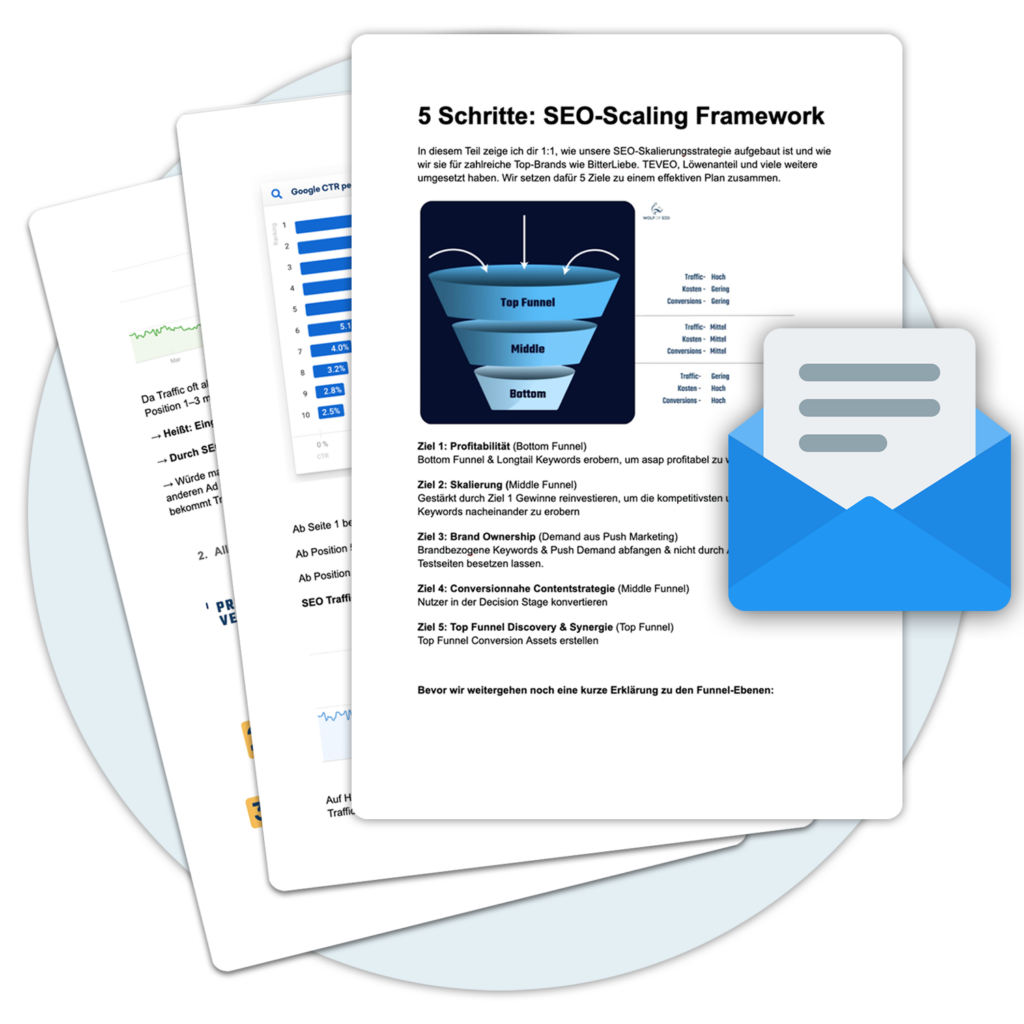
What is a 302 Redirect (Temporary redirection)?
A 302 Redirect is a typical HTTP status code that is used to prompt web page visitors for a temporary URL redirect. It's a way to temporarily send visitors to another page without search engines seeing the Redirect perceive as a permanent change.
While a 301 Redirect a permanent forwarding of your URL is a 302 Redirect a temporary change. This directs both users and search engines to the desired new location for a limited time until the Redirect is removed. This 302 redirect can be displayed as 302 found or temporarily moved.
A 302 redirect is much easier to implement, as it can be done with a meta tag or in Javascript can be carried out instead of the Webmaster accessing server files and the additional time required to create a 301 redirect.
The use of a 302 Redirect, if you have a 301 Redirect should have used becomes a problem when search engines try to determine which page has a higher value. It is likely that the Search Engine only lists one version of the page in its search engine results, which means that the wrong page could be the one listed. This problem will get worse over time as a chain of redirects builds up on older websites.
When should you use a 302 redirect?
Despite the fact that a 302 Redirect doesn't bring SEO, there are some scenarios where it actually makes more sense to use it. This is a less common scenario simply because you wouldn't move a website temporarily often, but there are situations where it is appropriate. An example of such a time would be in a E-commerce-Environment.
Wenn Sie beispielsweise ein Produkt haben, das nicht mehr zum Verkauf steht, wie z.B. einen saisonalen oder nicht mehr lieferbaren Artikel, können Sie eine 302 Weiterleitung erstellen und Benutzer auf die Kategorieseite Ihres Webshops senden. Da sie das Produkt zu diesem Zeitpunkt nicht bestellen können, ist es sinnvoll, ihnen ähnliche Produkte zu zeigen, die derzeit verfügbar sind. Die 302 sagt Suchmaschinen, dass die Website vorübergehend nur offline ist, und der Wert der Seite sollte intakt bleiben und nicht an eine andere URL be passed on.
But Google also knows that Webmaster often a 302 Redirect have used when a 301 Redirect was the more suitable choice. This circumstance can cause problems not only in search engineRanking cause, but also in the further indexing of the old URL and of the linkjuice, which are between the old and the new URL is divided.
Another scenario for a 302 redirect would be useful if you are running A/B tests for a website to test its functionality or design. This is actually a good practice to easily launch your website to see which version is more popular or offers a better user experience. By using a 302 Redirect you can get customer and user feedback on your new site without having to change your website'sRanking to affect.
How to set 302 redirects on WordPress
To make a 302-Redirect in WordPress, there are several ways:
- Use of a plugin: There are a variety of plugins in the WordPressPlugin-Verzeichnis, die die Verwaltung von Weiterleitungen ermöglichen, wie z.B. „Simple 301 Redirects“ oder „Redirection“. Nach der Installation und Aktivierung des Plugins kann man die Weiterleitungen über die WordPress-Admin-Oberfläche hinzufügen und verwalten.
- Editing the .htaccess-file: The .htaccess-file is a configuration file on the server that allows you to control redirects and other server settings. To create a 302-Redirect you can add the .htaccess-file and add the following code: "Redirect 302 /old-url /new-url"
- Use of PHP: You can also add a PHP redirect in the header.php file of the current WordPress theme. You can use the following code for this: "header('Location:http://www.neue-url.com', true, 302);"
How to set 302 redirects on Shopify
To make a 302-Redirect in Shopify zu nutzen, gibt es mehrere Möglichkeiten:
- Using the Shopify redirect: In the Shopify Admin you can go to "Online Store" -> "Navigation" -> "URL-Redirects“ eine Weiterleitung hinzufügen. Hier kann man die alte und neue URL eingeben und den Typ „302 Found“ auswählen
- Using Shopify App: There are a number of apps in the Shopify App Store that allow you to manage redirects, such as "Easy Redirects" or "Redirect Manager". After installing and activating the app, you can add and manage the redirects via the app.
- Editing the .htaccess-file: If you have access to the server, you can use the .htaccess-file and add the following code: "Redirect 302 /old-url /new-url"
How to set 302 redirects independently from the CMS
To make a 302-Redirect on a website, there are several options depending on the technology used and the hosting provider:
- Use of .htaccess-file: If the website is hosted on an Apache server, you can use the .htaccess-file to set redirects. To set a 302-Redirect you can add the .htaccess-file and add the following code: "Redirect 302 /old-url /new-url"
- Use of PHP: If the website was created with PHP, you can add a PHP redirect in the header.php file. You can use the following code for this: "header('Location:http://www.neue-url.com', true, 302);"
- Use of ASP.NET: If the website was created with ASP.NET, you can add a redirect in the Web.config file. You can use the following code for this: "<httpRedirect enabled="true" destination="http://www.neue-url.com" httpResponseStatus="Found" />"
- Use of server configuration files: Some hosting providers also offer the possibility to set redirects via server configuration files, such as IIS or Nginx.
It is important to note that a 302-Redirect should only be temporary and should not be used as a permanent solution. It is recommended that you always use a 301-Redirect is used when a permanent redirection is needed. It is also important to make sure that the redirects are checked regularly to ensure that they are still valid and do not result in an unexpected redirect.
Advantages of a 302 redirect
The biggest advantage of a 302 redirect is that it keeps search engines from handling the permanent change. As a result, the original page remains for search engines indexed and the rankings are preserved. It is also a fast and efficient way to make temporary changes to a page without having to show visitors an error message.
Here are more advantages of 302 redirects:
- They are usually fast: 302 redirects are supported by the Browser quickly detected and implemented, which means that users are quickly redirected to the new content.
- You are flexible: Du kannst 302-Weiterleitungen verwenden, um Nutzer temporär an eine andere URL without having to redirect the old URL permanent löschen musst. Das bedeutet, dass du sie später wieder verwenden kannst, wenn du möchtest.
- They are good for SEO: If you want to use the Traffic From an old URL on a new URL redirect, this can help to ensure that the new URL is found better in the search engines. This is due to the fact that the search engines use the Traffic on the new URL als „Stimmen“ für die Relevance and quality of the page.
- They are good for users: When you send users to another URL redirect, you can make sure they always see the most current and relevant content, without having to URL aufrufen müssen.
Disadvantages of a 302 redirect
The biggest disadvantage of a 302 redirect is that it is not always efficient and slows down the page. Since the Redirect calls an external page, it takes more time to load the page.
Here are more disadvantages of 302 redirects:
- They are temporary: 302 redirects are only temporary and are handled by the Browser recognized as such. This means that they are not intended to be used permanently, but only for a certain period of time.
- They can lead to confusion: If you are using 302 redirects to redirect users from an old URL on a new URL umzuleiten, kann das für sie verwirrend sein, wenn sie versuchen, die alte URL direkt aufzurufen. Sie könnten denken, dass die Seite nicht mehr verfügbar ist, obwohl sie nur vorübergehend umgeleitet wurde.
- They can have a negative impact on SEO: If you want to use the Traffic From an old URL on a new URL umleitest, kann das dazu führen, dass die alte URL is found worse in the search engines. This is due to the fact that the Traffic on the old URL als „Stimmen“ für die Relevance and quality of the page is considered. So if you want to use the Traffic From an old URL umleitest, kann das dazu führen, dass die Seite in den Suchmaschinen schlechter gefunden wird.
- They can lead to longer loading times: If you are a user of a URL zu einer anderen umleitest, bedeutet das, dass sie zwei Seiten statt nur einer laden müssen. Das kann zu längeren Ladezeiten führen, insbesondere wenn die zweite URL is slower than the first.
Use cases for a 302 redirect
A 302 Redirect is useful when the page is to be temporarily redirected to another page without search engines perceiving this as a permanent change. A typical use case is testing new pages without removing the original page from the Index is removed. Another use case is the temporary redirection of pages due to maintenance.
Examples
Example 1: A website owner plans to test a new version of his website. He can test the new page via a 302 Redirect auf eine vorübergehende URL umleiten, um die neue Seite zu testen, ohne die ursprüngliche Seite aus dem Index to remove.
Example 2: A website owner performs maintenance on his site. He may have a 302 Redirect auf eine vorübergehende URL use to redirect visitors to the new page without search engines finding the Redirect perceive as a permanent change.
Conclusion
Okay, let's keep it short and sweet: 302 redirects are like detours on a construction site, but only temporary. You use them when you know that the construction site will soon be gone and the original path will be free again.
In the SEO context, a 302 redirect tells Google: "Hey, we're doing something new here, but don't worry, the old one will be back soon. So, please don't use the PageRank and other metrics permanently."
Advantages:
- Flexibility: You can change content quickly and without long-term SEO disadvantages.
- User ExperienceNo dead links or 404 pages for users.
Disadvantages:
- None PageRank-transfer: In contrast to a 301 forwarding, the PageRank on the original page.
- Confusion for search engines: If the "temporary" redirect takes too long, Google does not know which version of the page should be taken into account.
Imagine your favorite café is closed briefly for renovation work and has opened a temporary branch around the corner. As a regular customer, you get a note with the new address. You go to the new location, but the barista tells you: "Don't worry, your favorite spot in the old café will stay the same. We'll be back soon." That's how 302 redirects work. They tell Google: "Hey, there's coffee here, but only for a short time. Your favorite spot will stay the same."
So, whenever you're dealing with temporary changes in the SEO world, 302 redirects are your friend. But don't abuse them for permanent redirects, or Google and your users might get confused. Use them wisely! 🚧🔀
« Back to Glossary Index





